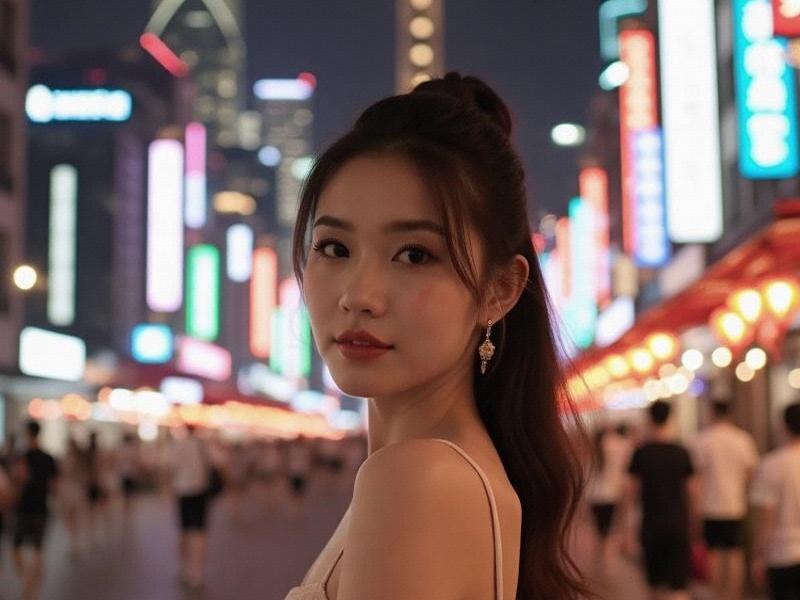
The Dual Identity of Shanghai Women
The morning rush hour reveals the paradox - young professionals in modified qipao dresses reviewing blockchain portfolios while discussing their children's Confucian classics. This is the daily reality for Shanghai's female population, who've mastered a cultural balancing act that defies conventional categorization.
Demographic Power (2025 Data)
- 53.7% of Shanghai's permanent residents
- 51% of managerial positions (national average: 34%)
- 72% higher education attainment rate
- 43% fluent in English (versus 28% nationally)
Economic Leadership Indicators
上海夜网论坛 • 328 female-founded startups since 2021
• 29% of Fortune 500 China regional executives
• 47% reduction in gender pay gap since 2016
• 63% control household financial decisions
Cultural Navigation Patterns
- 82% maintain traditional festival customs
- 57% strategically time marriage (average age: 30.2)
- 48% blend TCM practices with Western fitness regimens
- 35% curate hybrid wardrobes (modern cheongsam meets tech wear)
上海喝茶群vx Educational Transformation
• STEM enrollment up 39% since 2021
• 25 specialized female leadership programs
• 34 international academic partnerships
• 94% parental support for daughters' career ambitions
Social Influence Metrics
- 47% of China's top lifestyle influencers
- 33% of national fashion trends originate in Shanghai
上海贵族宝贝sh1314 - 29% annual growth in women-focused coworking spaces
- 62 cultural preservation initiatives led by women
Fashion Industry Impact
- 38% of China's luxury purchases
- 24 homegrown fashion brands reaching global markets
- 17 traditional textile revival projects
- 9 UNESCO-recognized craftsmanship preservation programs
Sociologist Dr. Lin Yuxi notes: "Shanghai women have rewritten the rulebook - they treat cultural heritage as an asset rather than a constraint. The same hands that type stock market algorithms might practice centuries-old tea ceremonies."
This unprecedented synthesis continues to position Shanghai women as both guardians of Chinese tradition and architects of its future, creating an urban femininity model that increasingly influences global perceptions of Asian women.
